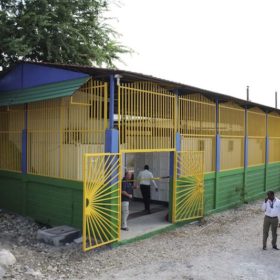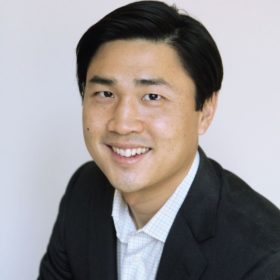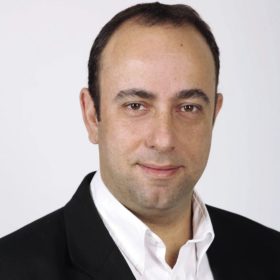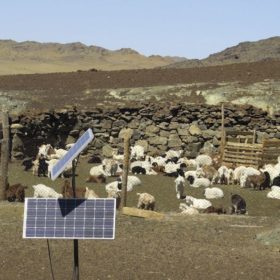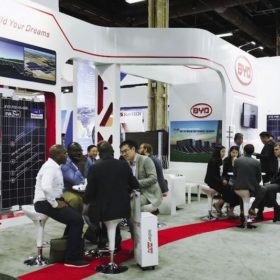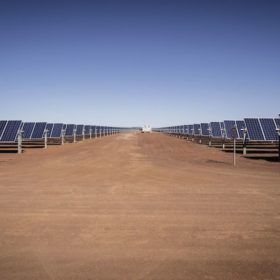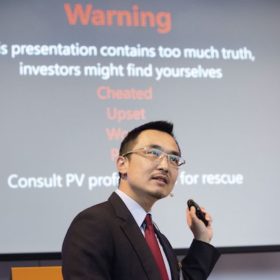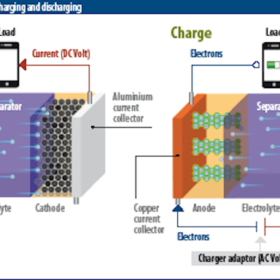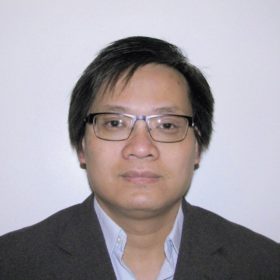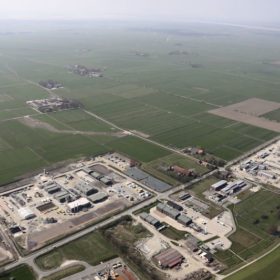With the sun to independence
Solar in Haiti: Only one in three of the approximately 11 million people in Haiti has access to electricity. Agricultural entrepreneur and incumbent President Jovenel Moïse wants to electrify the entire country within 24 months, focusing on renewable sources of energy. While experts see the project as particularly ambitious, a range of small and large initiatives in the field of solar energy are rapidly springing up in Haiti.
Reinventing the wheel
Flywheel storage: Amber Kinetics is the winner of 2017’s Array Changing Technologies Award, chosen by an independent jury of industry experts as the most exciting technology in the downstream sector. pv magazine caught up with cofounder and CEO Ed Chiao to discuss the technology’s potential and what Amber Kinetics has planned over the next few years.
Come together: consumption and generation
Inverters: SolarEdge was chosen as one of two runners up for the 2017 Array Changing Technologies award for its Smart Energy Management solution. Lior Handelsman, SolarEdge’s Founder and VP of Marketing and Product Strategy, says that the awards highlight the importance of integrating rooftop PV production with energy management within the home or business.
Step by steppe
Solar in Mongolia: Mongolia takes tentative steps with large-scale solar power plants, but the vast country of steppes and deserts is already the king of distributed solar power.
Dial n-type for high efficiency
Cell production: A focus on incremental improvements along the mainstream p-type PV cell pathway has been the dominant trend in manufacturing for some time. However, momentum is building for n-type cell architectures, paving the way for high efficiency concepts such n-type heterojunction and PERT.
Renewables and mining
Remote off-grid systems: The mining industry creates the raw materials that make up the technologies powering the energy transition. For example, every megawatt of solar PV requires four metric tons of copper to build. Increasingly, these renewables are powering the mining operations that create their source material. However, transitioning the mining industry away from fossil fuels will require renewable developers to speak the language of miners, and to sell renewables on the value they provide beyond a lower cost of electricity.
Targeting quality at PV Taiwan
pv magazine Quality Roundtable: At the PV Taiwan exhibition, coming to Taipei in October, pv magazine will host the 8th edition of its Quality Roundtable. The event will focus on module and component reliability in humid and sometimes extreme weather conditions.
Nanotechnology for Li-ion
Battery performance: There remains significant scope to improve and extend the application of lithium-ion batteries. John Duffy of U.K. characterization experts Malvern Panalytical and Stefan Mende of Germany’s NETZSCH Fine Grinding Technology explain the finer points of nanostructured electrode materials in Li-ion technology.
Shedding light on the latest technologies
Flash testing: As module manufacturing looks increasingly towards high efficiency concepts such as heterojunction as the future of the industry, new challenges arise for the manufacturers of production-line testing equipment. Switzerland-based flash testing specialist Alfartec is ready to meet these challenges. pv magazine recently caught up with Chief Technology Officer Alo Lo to discuss the latest developments in flashing technology and the market for this specialized equipment.
The missing piece for Germany’s Energiewende?
World’s largest battery: Be it lead, lithium, water, or gas – there are many ways to store energy nowadays. However, the technology is often too expensive to deploy, or is at too early a stage or dependent on certain geographical conditions. In cooperation with the University of Jena, German utility company EWE plans to build the world’s largest battery storage facility using redox flow technology. Could this 120 MW battery project be the missing link for Germany’s ‘Energiewende’?
